Fruit trees are intertwined into California’s history. Settlers from Spain brought seeds for the Spanish sweet orange, and quickly discovered that the climate is ideal for growing other types of fruit as well. During the gold rush, oranges sold for a dollar each in San Francisco (no small sum of money back then!).
Today we are seeing a resurgence of interest in fruit trees, probably due to the trend toward organic food. Homeowners are becoming more interested in growing their own food, and fruit trees are one of the easiest ways to feed the family out of our backyards.
So how do you choose which fruit trees to plant in your yard? Consider the following factors:
What do you have room for? Most of us don’t have room for a full orchard in our backyards, but modern pruning techniques will give you more room than you probably think. Close spacing and summer pruning will allow you to grow smaller trees, closer together, which will yield high quality fruit with a longer harvest season.
What do you like? Consider the types of fruit your family really enjoys. Obviously, if only one of you likes peaches, you won’t plant a dozen peach trees. Consider which types of fruit can be used in multiple ways. Apples, for example, can be eaten straight off the tree, but can also be used to make pies, jellies, apple butter, apple sauce, and so on.
Time. How long are you willing to wait for your first harvest? Some fruit trees, such as plums, peaches, and nectarines, will produce in their second growing year. Others, like persimmons take a few years to reach “full steam” on their fruit production.
Ripening period. If you plant only one type of fruit tree, you won’t enjoy year-round fruit from your yard. However, with strategic planning, you can enjoy year-round fruit of different varieties. For example, planting the following combination of fruit trees will ensure fresh fruit from April until November:
- Anna Apple tree (April)
- Cherry tree (May)
- Apricot or early-producing peach tree (early June)
- White nectarine (July)
- A late-producing peach tree (August)
- Asian pear tree (September)
- Pomegranate tree (October)
- Persimmon (November)
That’s just one example, but the point is that by carefully choosing a variety of fruit trees based on when they produce, you can enjoy fruit all summer and well into the fall. Citrus trees produce throughout the winter, so add one or two of those and you can enjoy fresh fruit from your yard all year!

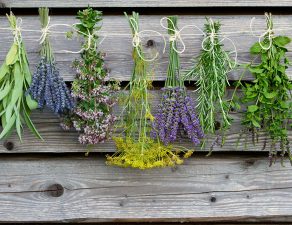
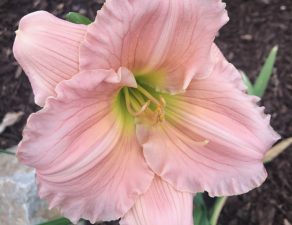

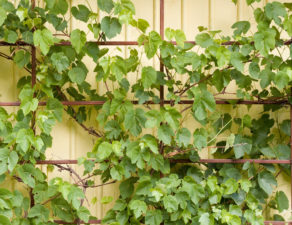
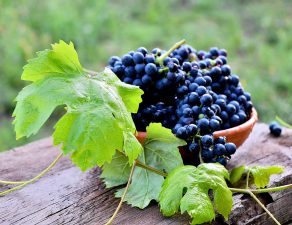
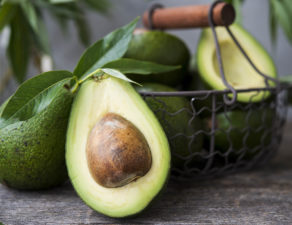
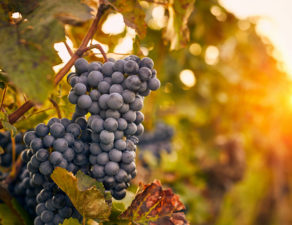

Write a comment: